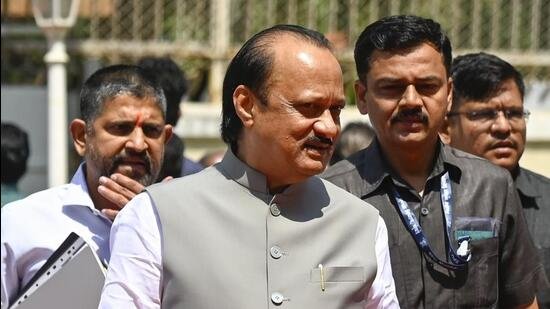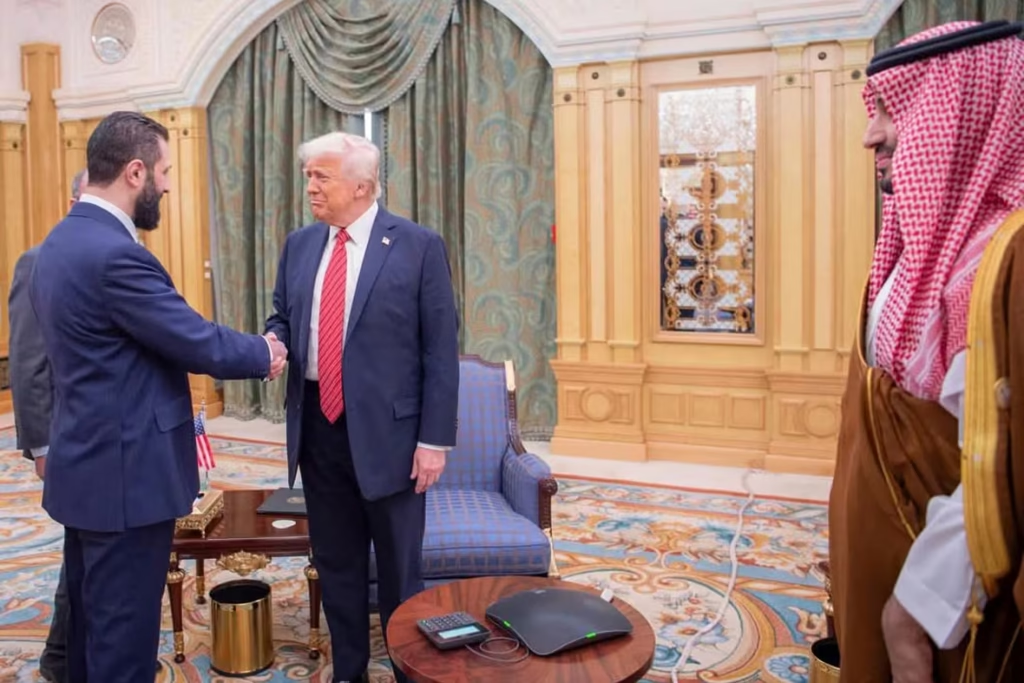Maharashtra government has sanctioned a ₹3,000 crore plan aimed at renovating and restoring temples and memorials across the state. This decision comes at a time when the state is grappling with a severe financial crunch, raising questions about fiscal priorities and long-term planning. While the initiative is being framed as a cultural revival, critics argue it could divert funds from essential public services. Here’s a detailed breakdown of what the plan entails, its implications, and the public response.
What the ₹3,000 Crore Renovation Plan Includes
According to government sources, the comprehensive renovation plan covers:
- Restoration of ancient and historically significant temples
- Revamp of memorials dedicated to social reformers and freedom fighters
- Infrastructure improvements in temple towns to boost religious tourism
- Development of visitor amenities such as roads, lighting, sanitation, and security
- Digital documentation and virtual tour experiences of heritage sites
The initiative is being led by the state’s Cultural Affairs and Public Works Departments, and the project is expected to roll out in phases over the next 3–5 years.
Why Now? Understanding the Government’s Rationale
The decision has sparked debate because it comes at a time when Maharashtra is facing:
- Mounting debt exceeding ₹6 lakh crore
- Budgetary constraints in public health and education sectors
- Delays in salary disbursement for government employees and teachers
- Reduced capital expenditure on welfare schemes
Despite these challenges, government spokespersons argue the plan is a “cultural investment” that will:
- Preserve Maharashtra’s spiritual and historical legacy
- Create jobs in the construction and tourism sectors
- Boost domestic and international religious tourism
- Strengthen local economies of temple towns
Political Reactions: A Divided Landscape
The ₹3,000 crore allocation has led to sharp political criticism:
- Opposition parties accuse the government of prioritizing optics over essentials like rural healthcare, farmer aid, and employment schemes.
- Ruling coalition leaders defend the move, saying heritage conservation is vital for cultural identity and economic revival through tourism.
- Religious and cultural organizations have welcomed the initiative, offering their support in terms of expertise and resources.
Public Sentiment: Faith vs. Fiscal Responsibility
Social media platforms and news forums reflect a mixed reaction:
- Many devotees and heritage advocates applaud the move, citing long-overdue repairs and the significance of these sites in Maharashtra’s cultural DNA.
- Others, including economists and public policy experts, raise concerns about the timing and financial burden, especially when basic civic amenities remain underfunded.
Tourism and Economic Impact: A Long-Term Bet
If implemented effectively, the plan could stimulate the state’s economy in several ways:
- Increase footfall in temple towns such as Pandharpur, Shirdi, and Nashik
- Generate employment in construction, hospitality, and transportation
- Encourage private sector investment in tourism-related infrastructure
- Enhance Maharashtra’s image as a culturally rich destination
However, the actual impact will depend on transparent execution, sustainable planning, and ongoing maintenance post-renovation.
Challenges Ahead: Will the Plan Deliver?
For this ₹3,000 crore plan to be successful, the government must:
- Ensure transparency in fund allocation and tendering processes
- Avoid political favoritism in selecting renovation sites
- Balance cultural spending with core development priorities
- Monitor progress through independent audits and community involvement
Conclusion
The Maharashtra government’s ₹3,000 crore temple and memorial renovation plan is both an ambitious cultural initiative and a controversial fiscal decision. While it holds the potential to boost tourism and preserve heritage, it also raises critical questions about financial prudence and governance priorities in times of economic strain. As the plan unfolds, public and political scrutiny will play a crucial role in shaping its outcomes.


